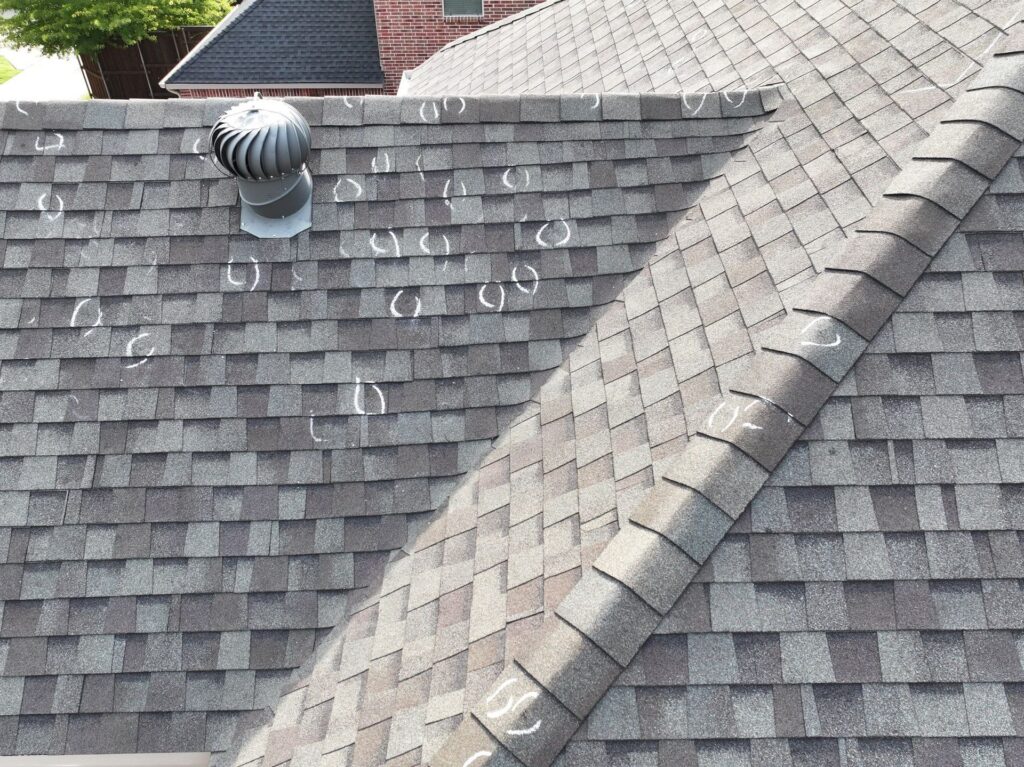When hurricanes strike, the aftermath can leave homeowners with extensive roof damage and a wave of confusion over what’s covered by insurance. With myths and misconceptions circulating, it’s easy to misunderstand the insurance claims process. Here, we’re shedding light on common myths to help you confidently navigate roof insurance claims after a hurricane.
Myth 1: Insurance Covers All Roof Damage After a Hurricane
While most standard home insurance policies cover roof damage caused by storms, it’s not guaranteed that all types of damage are covered. Insurance policies generally cover damage deemed “sudden and accidental” — like shingles blown off by hurricane-force winds. However, policies often exclude issues arising from poor maintenance, wear-and-tear, or previous damage. It’s essential to understand the specific language in your policy and ensure regular roof maintenance for complete coverage.
Myth 2: Your Deductible Doesn’t Apply for Major Storm Damage
Many homeowners assume that major weather events like hurricanes will waive the deductible requirement, but this is rarely the case. In fact, certain policies may even have higher deductibles for hurricane-related claims, known as “hurricane deductibles,” which can differ from regular deductibles. Make sure you know the details of your hurricane deductible, as it often varies by state and can impact the out-of-pocket costs you’ll incur.
Myth 3: Insurance Companies Fully Cover Roof Replacement Costs
Insurance companies typically cover only the cost of repairs or replacement up to the current value of your roof, factoring in its age, condition, and materials. If your roof is older, the payout may be lower, as insurers often depreciate the roof’s value. Some policies offer “replacement cost coverage” (covering the full cost of a new roof), while others offer “actual cash value” (covering the depreciated value). Understanding this difference is crucial to managing expectations and ensuring you have the right type of coverage.
Myth 4: You Must Accept the First Offer from Your Insurance Company
If you’re not satisfied with the initial payout offered by your insurance company, you’re not obligated to accept it. You have the right to dispute or negotiate the offer if you believe it doesn’t fully cover your repair needs. In many cases, bringing in an independent inspector can help provide a clearer picture of the damage. A licensed roofing contractor can also assist by evaluating the damage and supplying supporting evidence for your claim.
Myth 5: Documenting Roof Damage Isn’t Necessary for Filing a Claim
Proper documentation is essential when filing a roof damage claim. Clear photos, inspection reports, and receipts from previous maintenance help prove the condition of your roof before the hurricane hit. This documentation is invaluable in disputes and can streamline the claims process, reducing the risk of claim denial due to lack of evidence.
Myth 6: It’s Best to Wait Before Filing a Claim
After a hurricane, it’s crucial to file a claim as soon as possible. Insurance companies are likely to be overwhelmed with claims, and waiting too long can delay repairs or lead to further damage. Many policies have time limits on filing claims, so acting quickly helps protect your home from additional structural issues and ensures that your claim is processed in a timely manner.
Myth 7: Hurricane Roof Damage Claims Automatically Raise Your Premium
Not all insurance claims will increase your premium. While some homeowners may see a premium hike after filing a claim, others won’t, as insurance rate adjustments often depend on multiple factors, such as the claim history, location, and insurance provider. In some cases, hurricane damage is treated as a widespread natural disaster, meaning premium adjustments may be minimal or applied broadly across an area.
Myth 8: You Don’t Need a Professional Roof Inspection for Minor Damage
Even minor damage can lead to major issues if left untreated. Water leaks, damaged underlayment, or loosened shingles may not be immediately visible but can still impact your roof’s structural integrity over time. A professional inspection ensures that all types of damage are accurately documented and increases the likelihood of insurance covering the repair costs.
Conclusion
Navigating the world of roof insurance claims after a hurricane can be complex, but understanding these common myths makes the process smoother.
At Legion Roofing and Construction, we’re committed to supporting Jacksonville homeowners in managing roof insurance claims after hurricanes. Our expert team provides inspections, documentation, and reliable repairs to help you get the most from your claim. Contact us today for a free inspection and let us assist you in securing the best outcome for your roof repairs.

